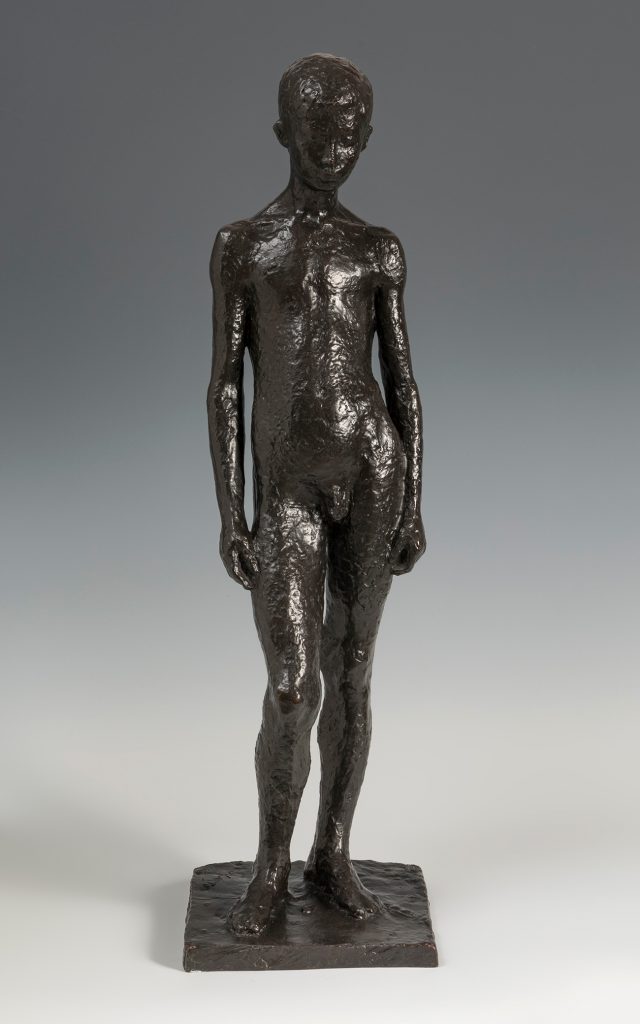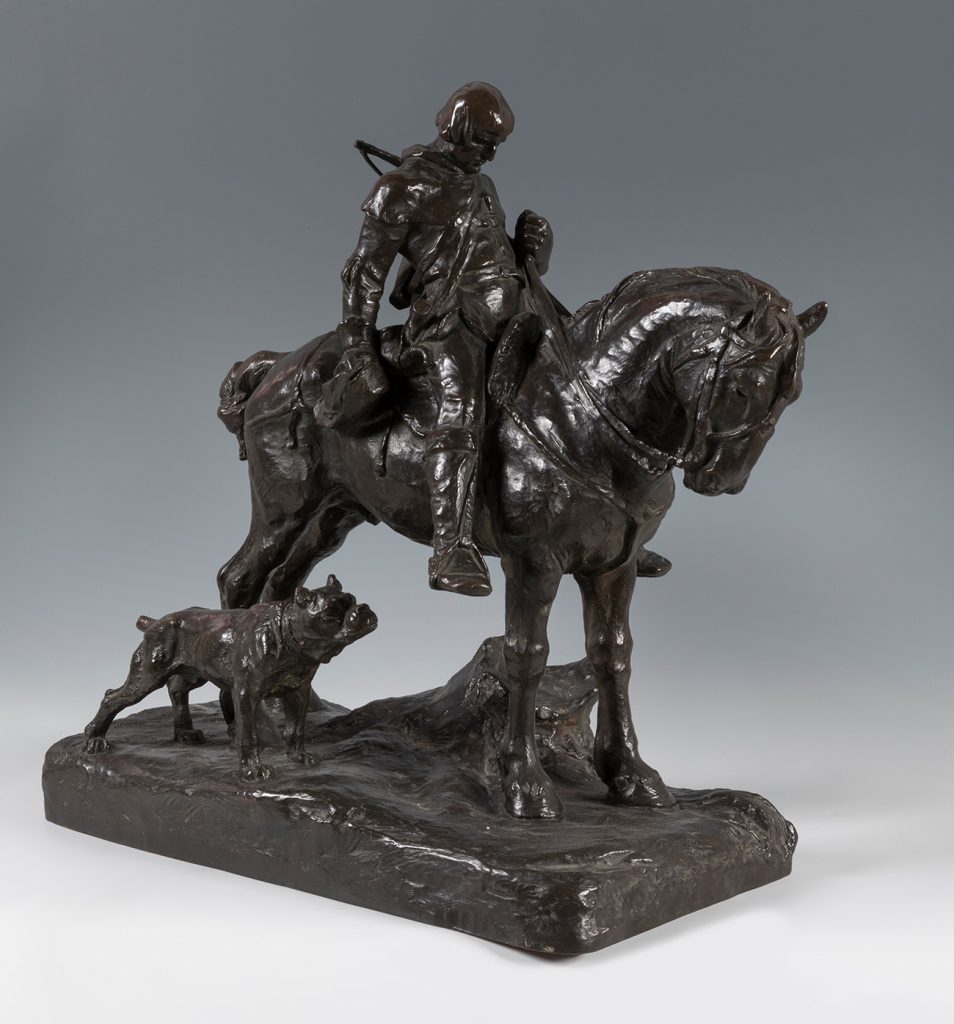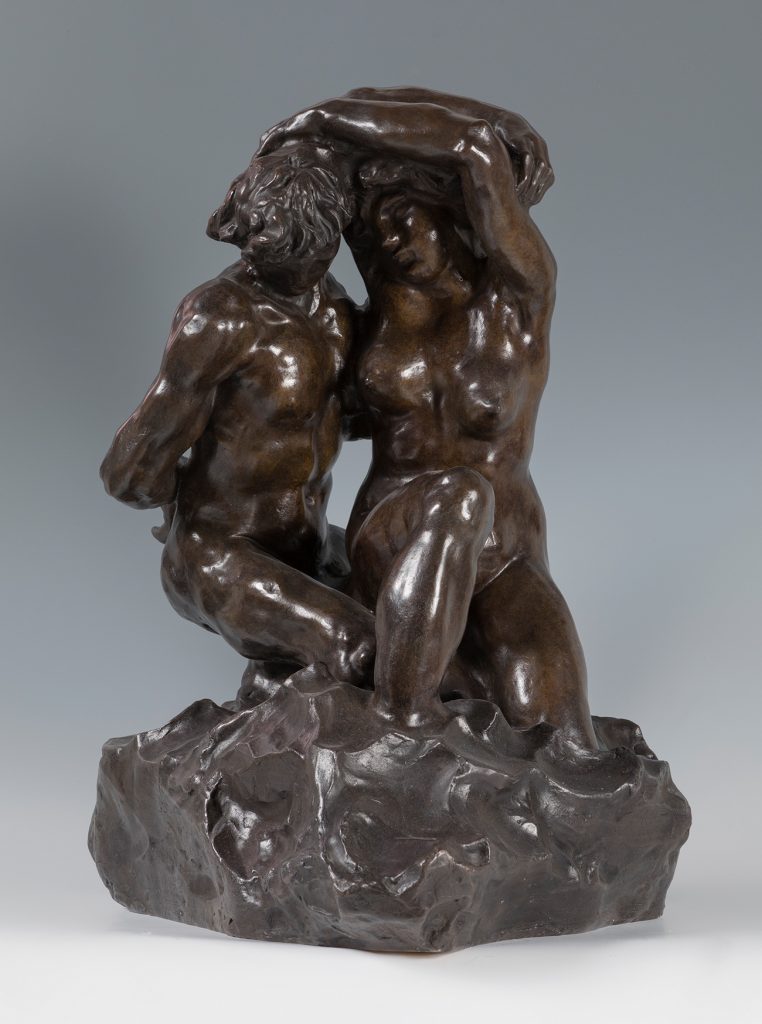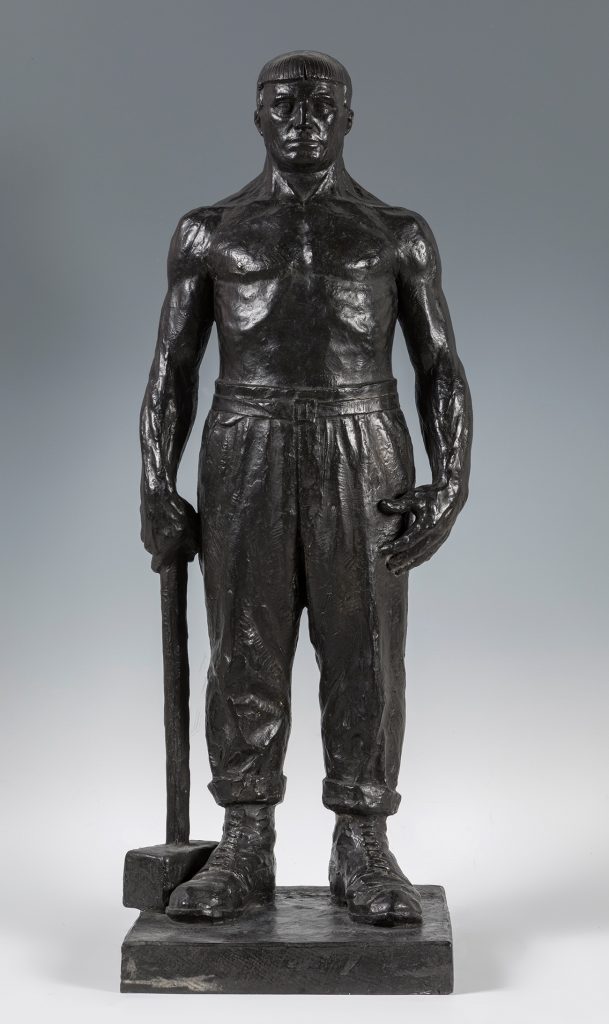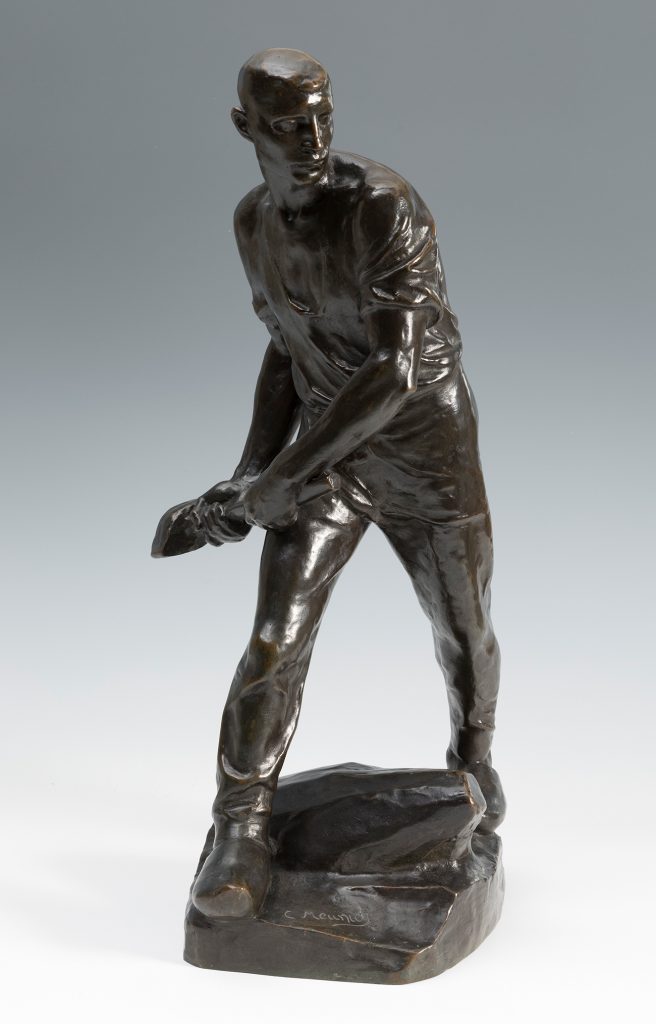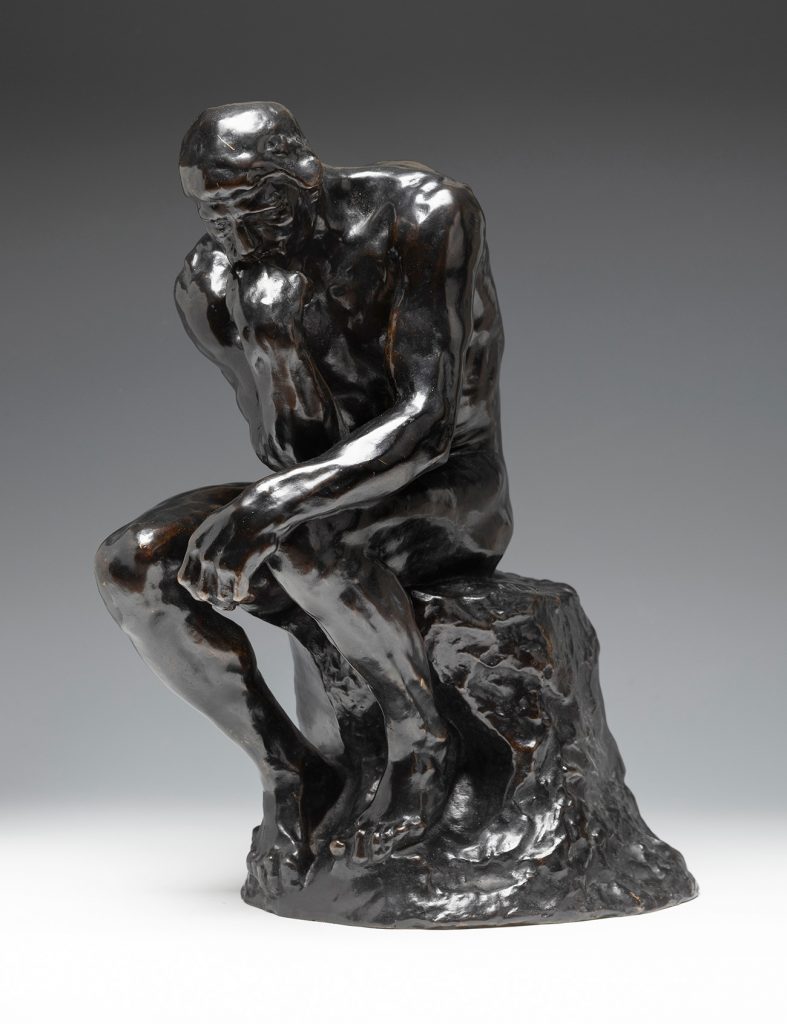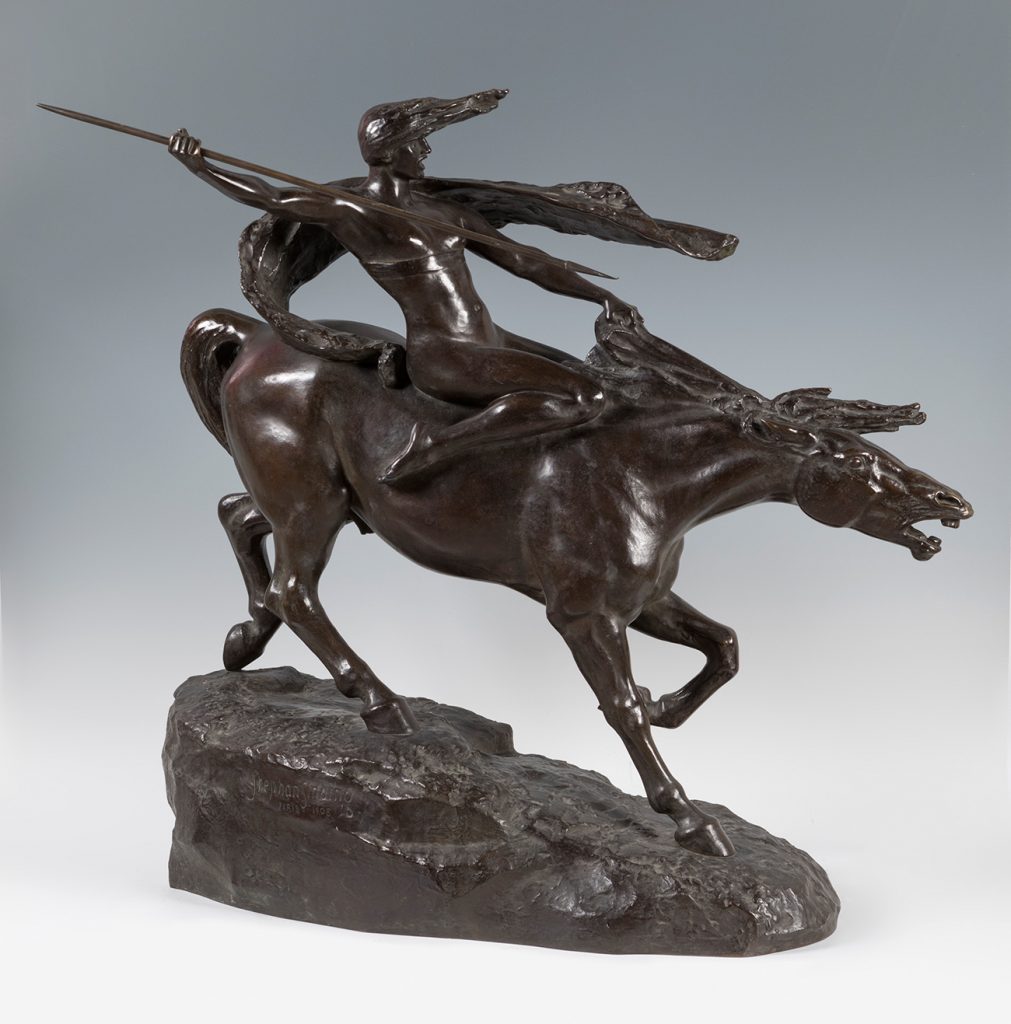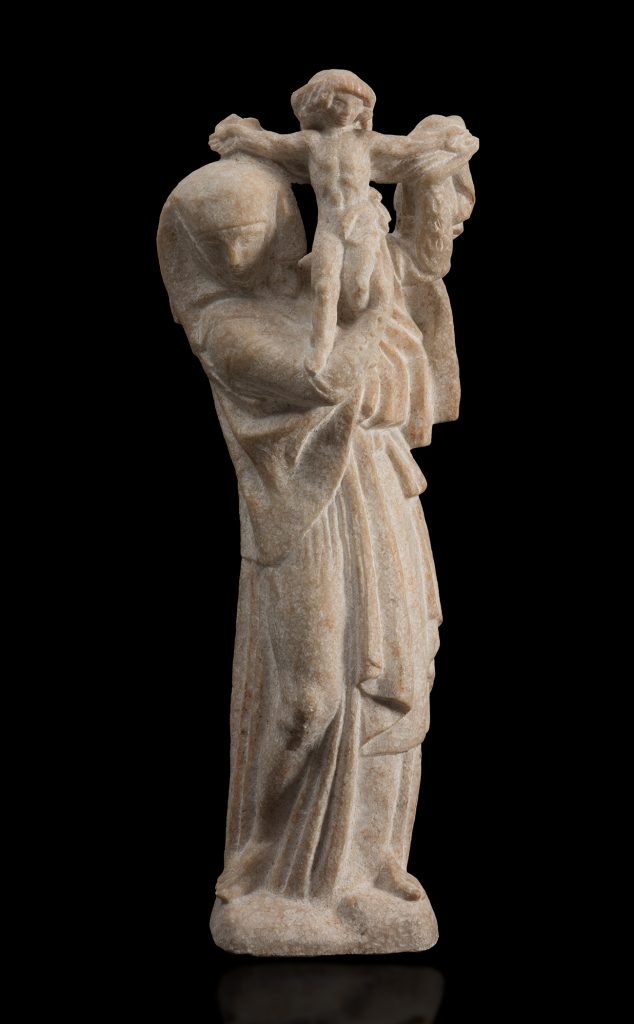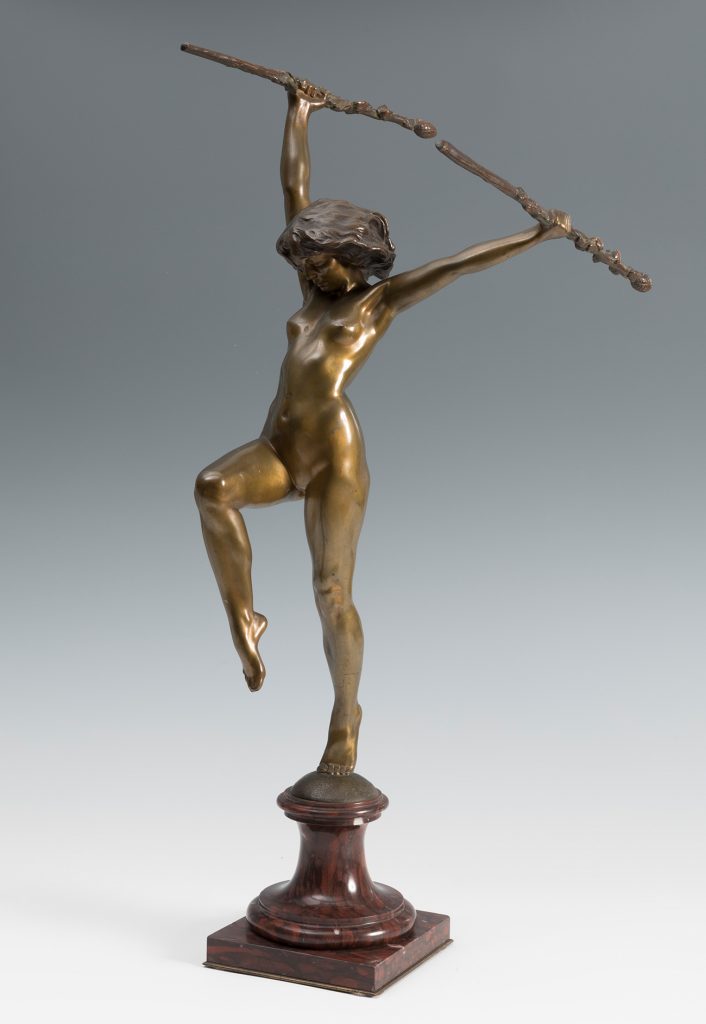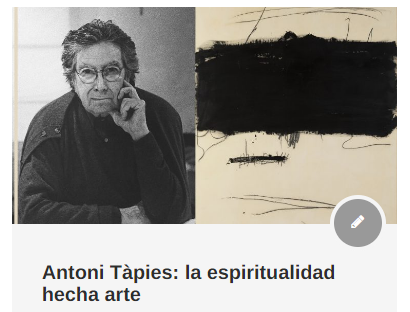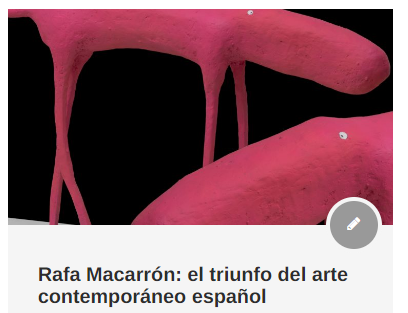The renewal of classical sculpture: reinventing tradition
The most classical aspect of the sculpture produced between the late nineteenth century and the first decades of the twentieth century finds a valuable and exclusive representation in our next auction on April 12.
In the time frame that spans from the last decades of the nineteenth century to the first third of the twentieth century, sculptural practice experienced a period of eclecticism that from neoclassicism to the avant-garde, through realism, developed in a continuous tension between the rootedness to tradition and the need to break with the past. However, despite the emergence of the all-powerful avant-garde, the sculpture more rooted in the traditional canons survived thanks to the reinvention and reinterpretation of classical trends that until then had been dominated by the excessive rigidity of the academies.
These two centuries, from an artistic point of view, will be linked to the profound economic, social and political changes brought about by the Industrial Revolution and the liberal revolutions. In any case, the dynamism of the styles that followed one another at a pace unknown until then will eventually become an essential feature of the art of our time by translating millimetrically the transformations that took place in the social and economic reality.
The sculptural ensemble in bidding reflects in a clear-cut way the idiosyncrasy of the sculptural practice of the time, and how these changes were materialized through the representation of the human figure. Each and every one of the new creative horizons with which they experimented took shape, especially through the beauty of the nude, dance and movement, but also in the multiple allegorical and mythological figures that, following the models of classical antiquity, proliferated at that time.
Although neoclassicism sought to break definitively with Rococo based on simplicity, objectivity, interest in history and rationality, having as artistic models the classical canons, as the century progressed, the strict rationality of neoclassical sculpture gave way to a greater expressiveness that, with the arrival of the romantic style, would prioritize subjectivity, emotions, individuality and personal experience.
From the middle of the century, we can find other very different styles that, like Realism, will oppose the correct classicist style and the special romantic sentimentalism, promoting an objective art that will capture the reality of the present. In this sense, the changes that took place with the Industrial Revolution and its social and political reforms were exposed in this new artistic conception that, directing the focus towards the social theme, placed the worker as the protagonist.
This succession and evolution of styles is reflected in the trajectory of artists such as the French Jean Baptiste Carpeaux or the Belgian Constantin Meunier, who clearly sink their roots in academicism to later drift towards freer interpretations. This evolution will be especially noticeable in the case of the Belgian who will eventually become one of the great representatives of sculpture and realist painting that, in the second half of the nineteenth century, wanted to represent the harshness of labor exploitation of workers.
This succession and evolution of styles is reflected in the trajectory of artists such as the French Jean Baptiste Carpeaux or the Belgian Constantin Meunier, who clearly sink their roots in academicism to later drift towards freer interpretations. This evolution will be especially noticeable in the case of the Belgian who will eventually become one of the great representatives of sculpture and realist painting that, in the second half of the nineteenth century, wanted to represent the harshness of labor exploitation of workers.
However, the renewal of sculpture and the consequent break with the prevailing academic canon came, as is unanimously considered, from the hand of Rodin, whose conception of art inaugurated a new stage in the field of sculpture that, leaving behind a decadent academicism, gave birth to a new sculptural ideal capable of dialoguing with the most avant-garde artistic proposals of the twentieth century. With a neoclassical background, Rodin imbibed from artists such as Donatello and Michelangelo, whom he reinterpreted with an experimental and audacious spirit, in which from spontaneity to heroic pathos, he embraced an infinite range of plastic possibilities to be exploited. The gradual dissolution of forms, the play of light and shadow and the expressionism of his works undoubtedly marked the path towards modern sculpture.
Within this period between centuries we cannot fail to refer to the particularities that defined the sculpture of movements such as Art Nouveau and Art Deco.
As happened in the rest of the artistic disciplines, Art Nouveau was identified by an absolute protagonism of the undulating and sinuous line, as well as by a clear tendency towards asymmetry and a taste for exotic elements, eclecticism and sensuality. An example of this is the work of one of the most outstanding exponents of the period known as the Belle Époque, Émile Antoine Bourdelle, whose work still contains certain romantic traits that attenuated Rodinian expressionism.
The excesses of modernism gave way to the geometric stylization of Art Deco and the return to a new classicism characterized by refinement, elegance and sensuality. Thus, the forms of Art Deco will be idealized, balanced and proportioned, but at the same time synthetic and essential, moving away, unlike Art Nouveau, from the direct inspiration in nature of the late nineteenth century.
In short, the sculptural ensemble presented by Setdart at the auction on April 12 is evidence of the survival of the most traditional side of the art in the face of avant-garde trends, whose coexistence represented one of the periods with great experimentation and artistic effervescence.

